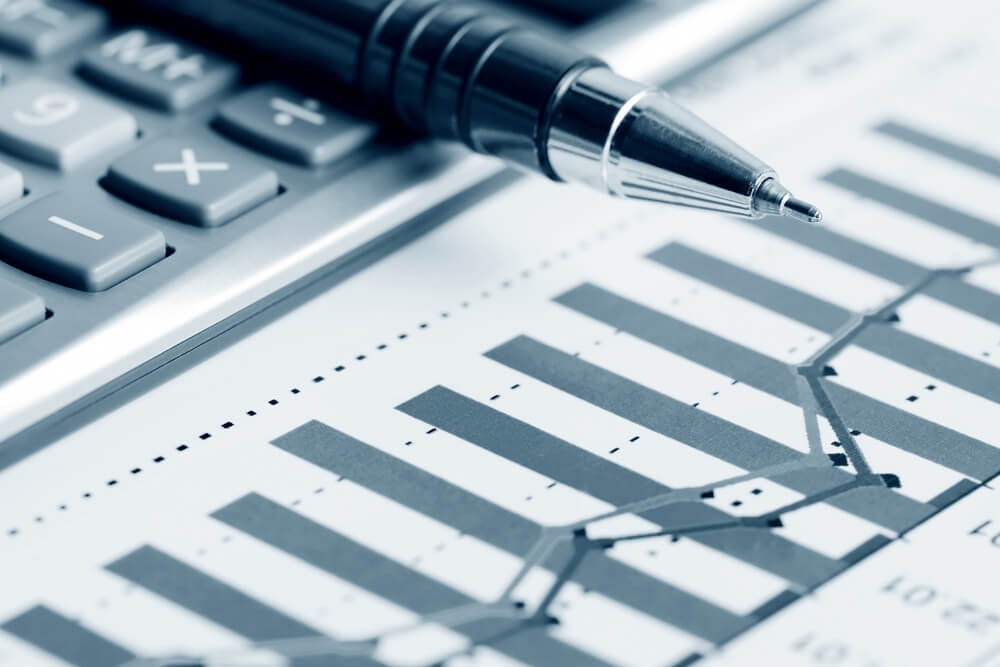RIO DE JANEIRO, BRAZIL – According to a Central Bank (BC) survey of the financial market, the forecast for inflation, measured by the Broad National Consumer Price Index, dropped from 3.44 percent to 3.43 percent in 2019.
For 2020, the estimate fell from 3.80 percent to 3.79 percent. The forecast for the following years remained unchanged: 3.75 percent in 2021 and 3.50 percent in 2022.

The estimates for 2019 and the coming year are below the inflation target center to be followed by the Central Bank. The inflation target set by the National Monetary Council is 4.25 percent in 2019, four percent in 2020, 3.75 percent in 2021 and 3.50 percent in 2022, with a tolerance interval of 1.5 percentage points up or down.
The main tool used by the Central Bank to control inflation is the basic interest rate, the Selic. When the Central Bank’s Monetary Policy Committee (COPOM) reduces the Selic rate, the trend is for credit to become cheaper, with incentives for production and consumption, reducing inflation control and stimulating economic activity.
When the COPOM increases the Selic, the purpose is to contain the heated demand and this is reflected in prices because higher interest rates increase the price of credit and stimulate savings.
For the financial market, the Selic should end 2019 at 4.75 percent per year. Last week, the expectation stood at five percent per year. Currently, Selic stands at 5.5 percent per year.
The financial market has not changed its estimate for the end of 2020: five percent per year. The expectation for 2021 is that Selic will end the period at 6.50 percent per year. Last week, the forecast was of 6.75 percent per year. By the end of 2022, the forecast remains at 7 percent per year.
Economic growth
The forecast for growth of the Gross Domestic Product (GDP) – the sum of all goods and services produced in the country – remains at 0.87 percent in 2019, for four consecutive weeks.
Estimates for the following years have also remained unchanged: two percent in 2020 and 2.50 percent in 2021 and 2022.
Dollar
The forecast for the dollar rate at the end of this year has increased from R$3.95 to R$4, and from R$3.90 to R$3.91 for 2020.
Source: Agência Brasil

